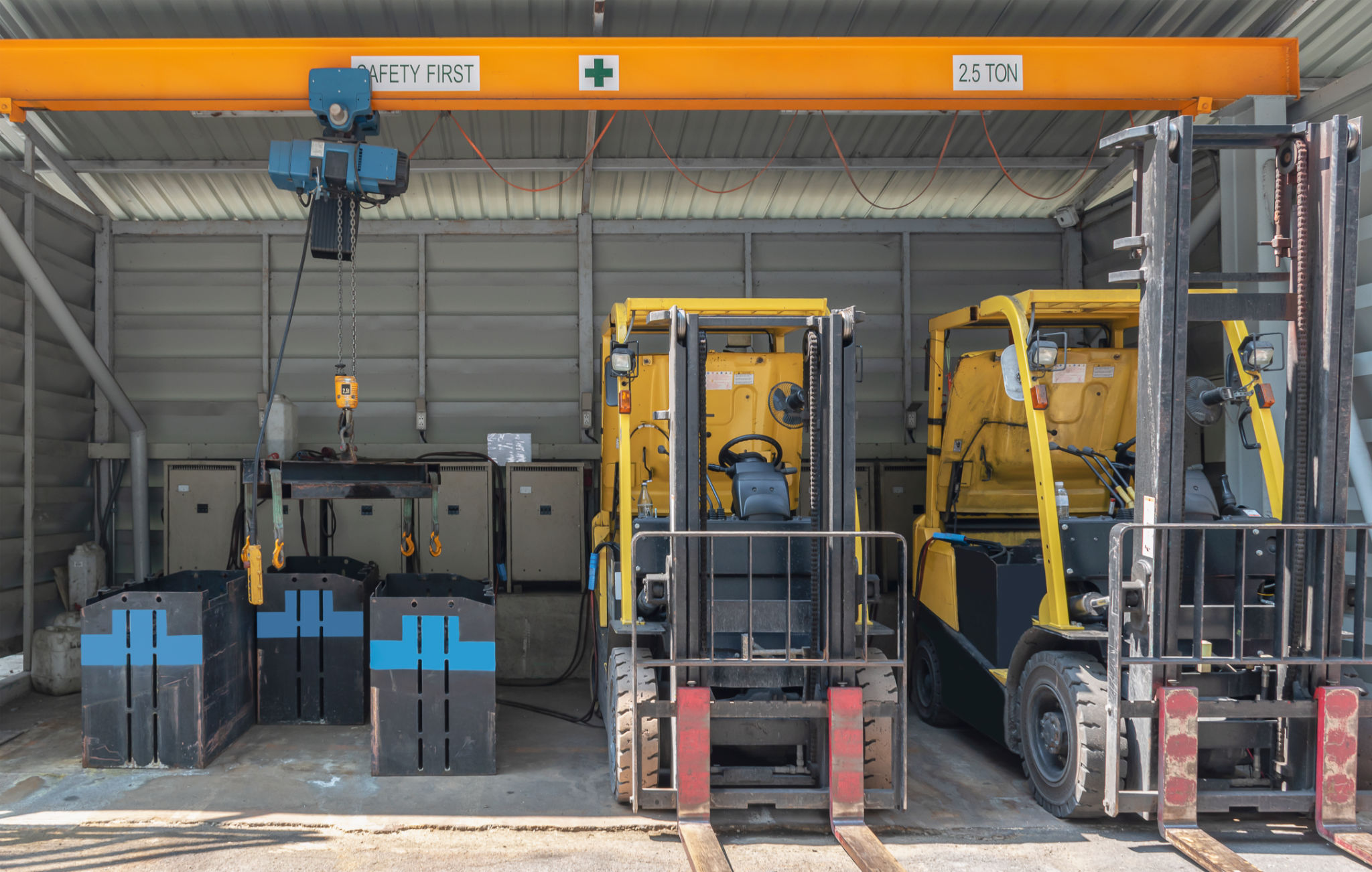How to Optimize an Industrial Warehouse for Seasonal Changes
Understanding the Impact of Seasonal Changes
Industrial warehouses are dynamic environments that need to adapt to changing conditions throughout the year. Seasonal changes can significantly impact warehouse operations, affecting everything from temperature regulation to inventory management. Understanding these impacts is the first step in optimizing your warehouse for seasonal shifts.

During winter months, colder temperatures can lead to increased heating costs and potential disruptions in equipment functionality. Conversely, summer brings challenges with heat management and cooling. Additionally, seasonal demand fluctuations can influence inventory levels and workforce requirements. By anticipating these changes, you can implement strategies to maintain efficiency and productivity.
Temperature Control and Energy Efficiency
One of the key areas to focus on when optimizing a warehouse for seasonal changes is temperature control. Ensuring that your warehouse maintains a consistent temperature is crucial for protecting inventory and ensuring a comfortable working environment for employees.
- Install energy-efficient HVAC systems that can adapt to different seasonal demands.
- Consider adding insulation to walls and ceilings to maintain internal temperatures.
- Implement smart thermostats for automated temperature adjustments based on external conditions.

By focusing on energy efficiency, you can reduce operational costs while ensuring that your warehouse remains functional throughout the year.
Inventory Management Adjustments
Seasonal changes often bring about fluctuations in product demand, which require adjustments in inventory management strategies. To optimize your warehouse, you must align inventory levels with anticipated seasonal demand.
- Analyze historical sales data to predict peak periods and adjust stock levels accordingly.
- Implement a flexible storage system that allows for easy reorganization based on changing inventory needs.
- Utilize inventory management software to track stock levels in real-time and prevent overstocking or stockouts.
Effective inventory management ensures that you can meet customer demands without incurring unnecessary holding costs.
Enhancing Workforce Flexibility
The demands on your workforce can vary significantly with seasonal changes. During peak periods, you may need additional staff, while quieter times might require a leaner team. Enhancing workforce flexibility is essential for maintaining productivity.

Consider the following strategies:
- Implement cross-training programs to ensure employees can perform a variety of tasks.
- Use temporary staffing solutions during peak seasons to manage increased workloads.
- Encourage flexible scheduling to accommodate varying demand levels and employee needs.
A flexible workforce allows your warehouse to adapt quickly and efficiently to seasonal changes without compromising service quality.
Maintaining Equipment and Infrastructure
Seasonal changes can also affect the functionality of equipment and the integrity of infrastructure. Regular maintenance is crucial to prevent costly breakdowns and ensure continuous operation.
Develop a comprehensive maintenance schedule that addresses:
- Routine checks and servicing of machinery and equipment before peak seasons.
- Inspection of the building’s structure, including roofs and drainage systems, to prevent weather-related damage.
- Updating software systems to ensure compatibility with new technologies or processes introduced for seasonal efficiency.

By proactively maintaining equipment and infrastructure, you can avoid disruptions and maintain operational efficiency year-round.
Conclusion
Optimizing an industrial warehouse for seasonal changes involves a multifaceted approach that addresses temperature control, inventory management, workforce flexibility, and equipment maintenance. By implementing these strategies, you can enhance efficiency, reduce costs, and ensure that your warehouse operations run smoothly regardless of the season. With proactive planning and strategic adjustments, your warehouse will be well-equipped to handle the challenges posed by seasonal fluctuations.